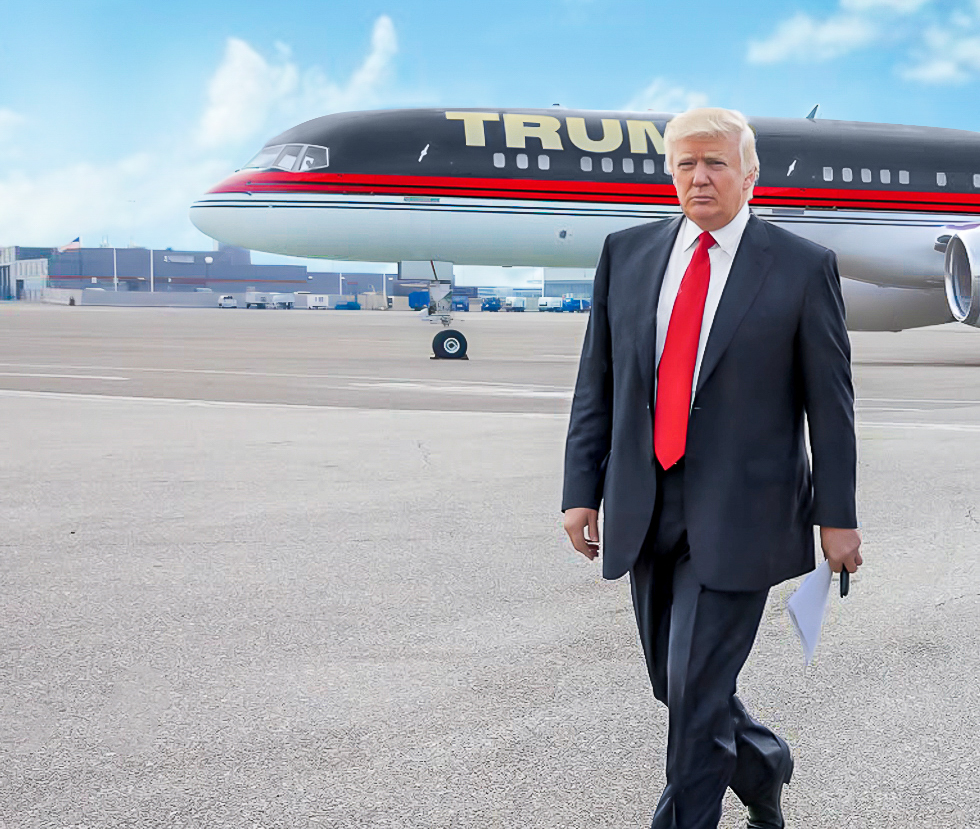Donald Trump’s Return: What It Means for the U.S. Export Industry

On January 21, 2025, Donald Trump returned to the political stage, introducing sweeping policy changes that are already sending ripples through the U.S. export industry. With a focus on energy dominance and “America First” trade policies, let’s break down the key changes and their potential impacts.
⚡ 1. Lifting the Freeze on LNG Export Permits
🚢 What Happened?
Trump lifted restrictions on liquefied natural gas (LNG) export permits, unlocking massive projects in Texas and Louisiana.
📈 The Impact:
- 100 million metric tons of LNG could be added annually by 2031.
- The U.S. cements its position as a global leader in LNG exports.
💬 Quote: “This is a new era of energy dominance for America.”
🛢️ 2. Declaring a National Energy Emergency
🔥 What Happened?
Trump declared a National Energy Emergency to boost oil and gas production, lower domestic energy costs, and expand exports.
📊 The Reality:
- Immediate focus on increasing oil and gas output.
- Experts caution that production and cost targets may not be sustainable.
💡 Insight: While beneficial for energy exporters, long-term environmental costs are a growing concern.
🌍 3. Exiting Climate Agreements
❌ What Happened?
Trump announced the withdrawal from international climate accords, with a focus on reviving fossil fuel drilling and increasing energy exports.
📦 The Impact:
- Short-Term Gain: Boost for U.S. energy exporters.
- Long-Term Risk: Potential isolation in global climate initiatives and strained diplomatic relations.
📦 4. New Tariffs on the Horizon?
💼 What Could Happen?
While no new tariffs have been introduced yet, Trump’s “America First” stance suggests tariffs may be part of future trade strategies.
⚖️ The Risk:
- Potential retaliatory measures from global trade partners.
- Increased costs for exporters and consumers alike.
💬 Expert View: “Trade wars don’t have winners—they have survivors.”
🏛️ 5. Establishment of the External Revenue Service (ERS)
📜 What Happened?
Trump launched a new agency—the External Revenue Service (ERS)—tasked with enforcing trade policies and promoting U.S. energy exports.
💡 The Goal:
- Streamline trade compliance.
- Strengthen America’s global trade footprint.
🤔 Unanswered Question: Will the ERS deliver results, or add bureaucratic hurdles?
📊 What This Means for U.S. Exports
- Energy Export Surge: LNG and oil producers stand to gain significantly in the short term.
- Potential Trade Tensions: Tariffs and trade policy shifts could lead to conflicts with key partners like China and the EU.
- Environmental Backlash: Exiting climate agreements risks alienating eco-conscious nations and investors.
🌟 Key Takeaway
Trump’s return is reshaping the U.S. export landscape, prioritizing energy dominance and protectionist trade policies. While opportunities for energy exporters are abundant, risks like trade wars and environmental backlash loom large.
